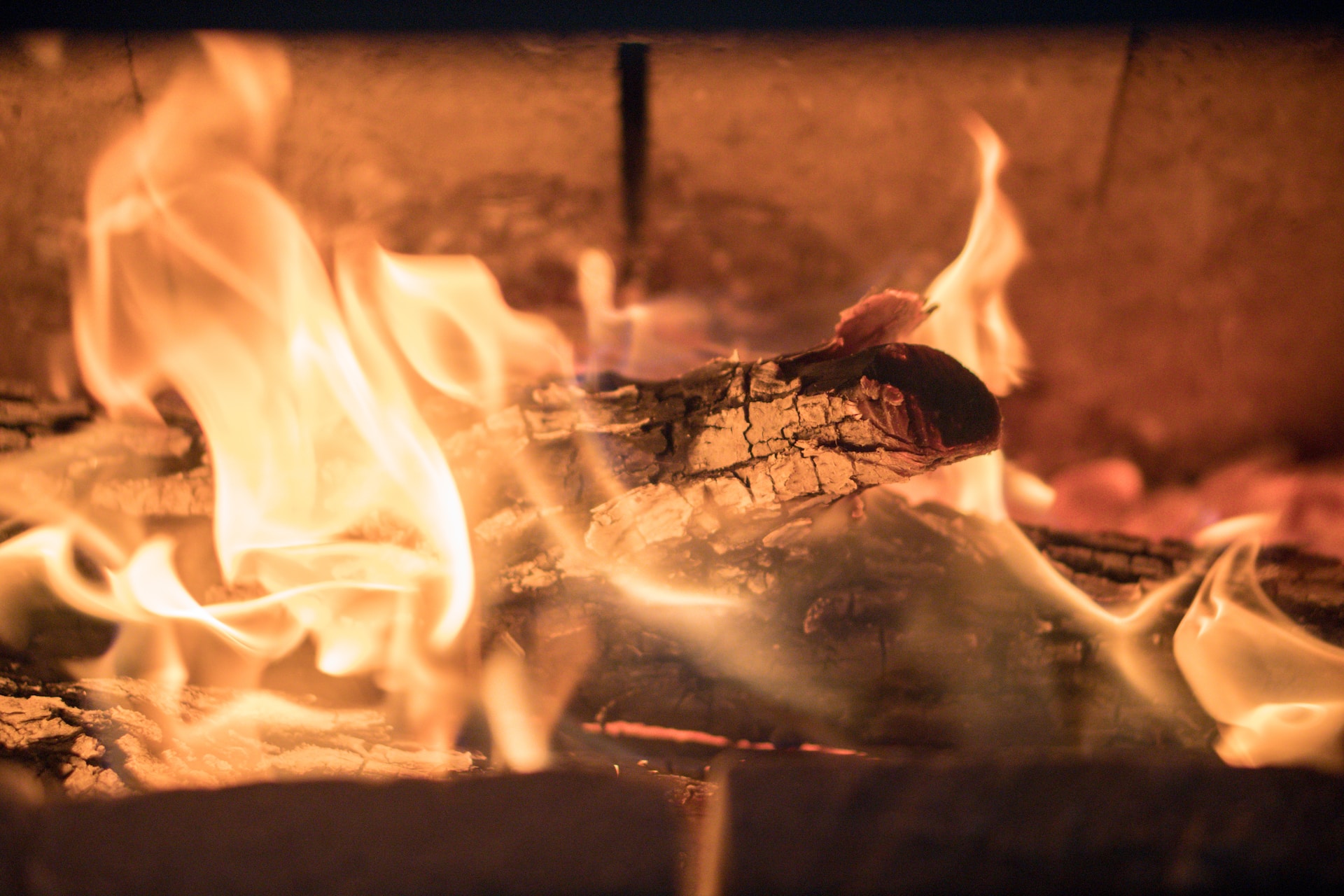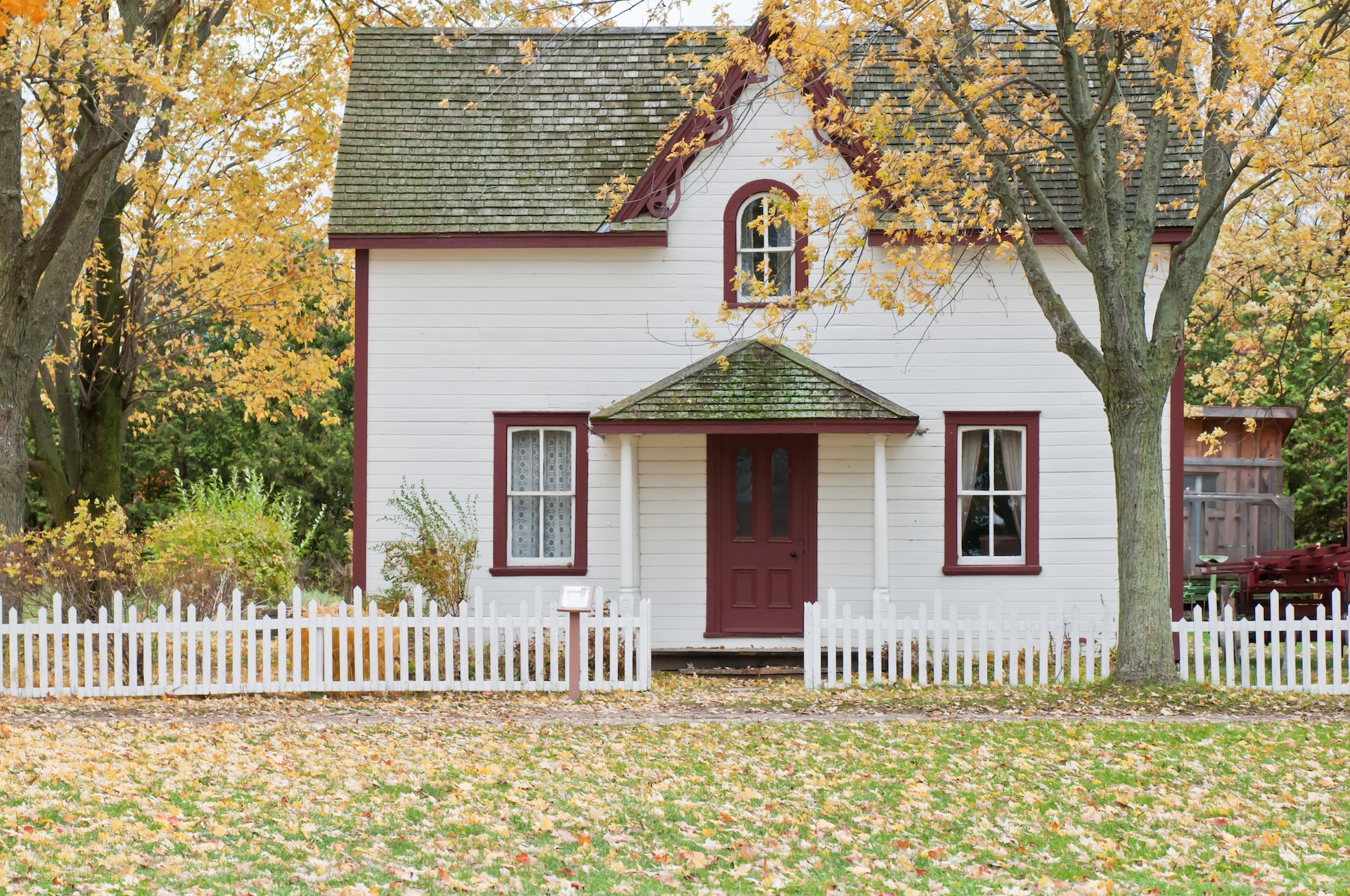If you own a wood-burning stove, you need to understand how it can affect your home insurance. 65% of wood stoves are older, inefficient devices. While having a wood stove doesn’t disqualify you from coverage, insurance companies may adjust rates based on the associated risks.
In this article, we’ll explore the impact of wood-burning stoves on home insurance rates, whether homeowners insurance covers wood stoves, insurance requirements for wood-burning stoves, and how wood stoves compare to pellet stoves in terms of insurance. Additionally, we’ll discuss how wood stoves can affect homeowners insurance rates and provide tips to mitigate potential increases.
Does homeowners insurance cover wood stoves?
When it comes to insuring your home with a wood-burning stove, homeowners insurance generally provides coverage. However, insurance companies may have specific requirements to ensure the proper installation and safety of the wood stove. This verification process may involve submitting a photo of the wood stove or having an inspector visit your home to ensure compliance with safety standards. It is important to note that while wood stoves do not automatically disqualify you from coverage, they can impact your insurance rates due to the increased risks associated with their use.
What insurance companies may want to know
In order to properly insure a home with a wood stove, insurance companies may want to know details about the stove itself. They may ask for information such as the make and model of the stove, as well as its connection to the chimney. Insurers may also inquire about the presence of fireguards or other safety features. These details help insurance companies assess the potential risks associated with the wood stove and determine appropriate coverage and rates.
While having a wood stove in your home may impact your insurance rates, communicate with your insurer to ensure that you have the proper coverage. By discussing these requirements and providing documentation of professional installation and regular maintenance, you can help mitigate the impact on your insurance rates and ensure that your wood stove is properly covered.
Insurance requirements for wood-burning stoves
If you are planning to install a wood stove in your home, notify your insurance provider in advance. Requirements for insuring a home with a wood-burning stove may vary depending on the provider. Typical requirements may include professional installation that meets local fire codes, documentation proving compliance with installation specifications, and a maintenance schedule for the stove. The insurance company may also want to ensure the presence of a separate flue for the stove.
Additionally, insurance providers may require a maintenance schedule for your wood-burning stove. This ensures that the stove is regularly cleaned and inspected to prevent any potential hazards. Make sure to keep records of these maintenance activities as they may be requested by the insurance company during policy renewal or in the event of a claim. By adhering to these requirements and maintaining proper documentation, you can ensure that your wood stove is adequately covered by your homeowners insurance.
Wood stoves vs. pellet stoves for insurance purposes
Insurance companies may have different standards when it comes to wood stoves versus pellet stoves. Wood stoves require more maintenance and produce more soot, which can increase the risk of fire. Insurance inspectors may pay closer attention to the chimney and require more rigorous inspections for wood stoves.
On the other hand, pellet stoves burn cleaner and have lower risks of creosote buildup. They may not require a chimney connection for ventilation. Inspections for pellet stoves may be less rigorous compared to wood stoves.
Choosing between wood stoves and pellet stoves can affect insurance requirements and rates, make an informed decision that aligns with your insurance needs and ensures the safety of your home.
How wood stoves affect homeowners insurance rates
Insurance companies consider wood stoves to be a higher risk due to the increased possibility of fire. As a result, your insurance rates may be higher compared to homes without wood stoves. Several factors come into play when determining the impact on insurance rates. First, the location, size, and construction of your home can influence the risk assessment. Older homes may face higher rates as they may have outdated wiring or other potential fire hazards. The type and age of the wood stove also play a role, with older or less efficient models potentially leading to higher premiums.
Insurance companies may charge a flat rate specifically for insuring a home with a wood stove, or they may increase the premium by a percentage. The safety features and proper installation of the wood stove can also impact the rates.
Wood-burning stoves can have implications for your homeowners insurance. While they are not automatically excluded from coverage, insurance companies may require verification of proper installation and compliance with safety standards. Notify your insurance provider before installing a wood stove in your home to understand the specific requirements for coverage.




